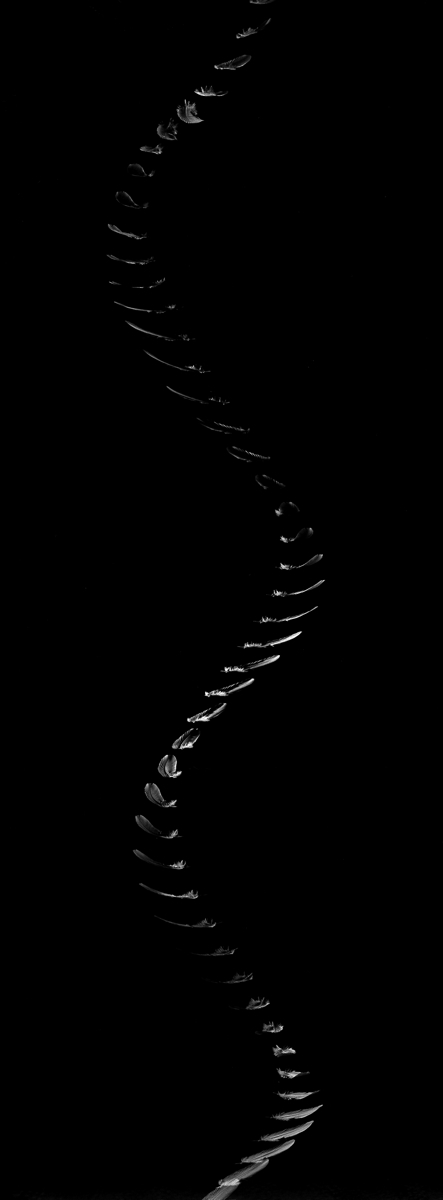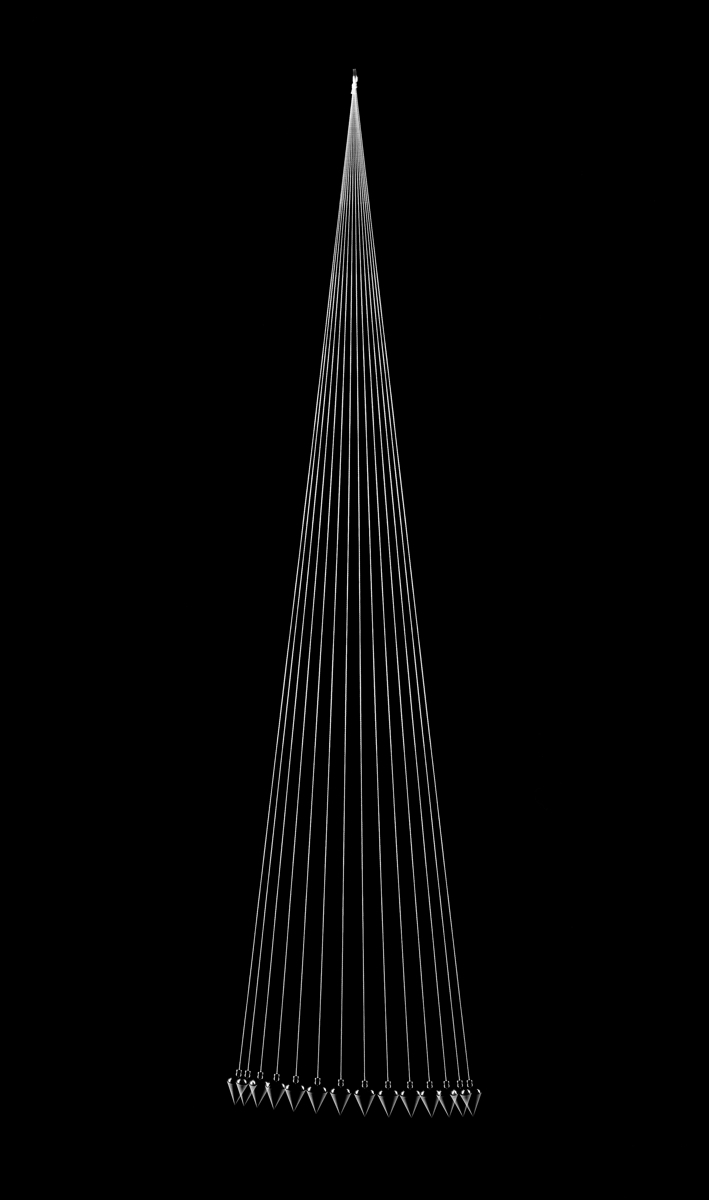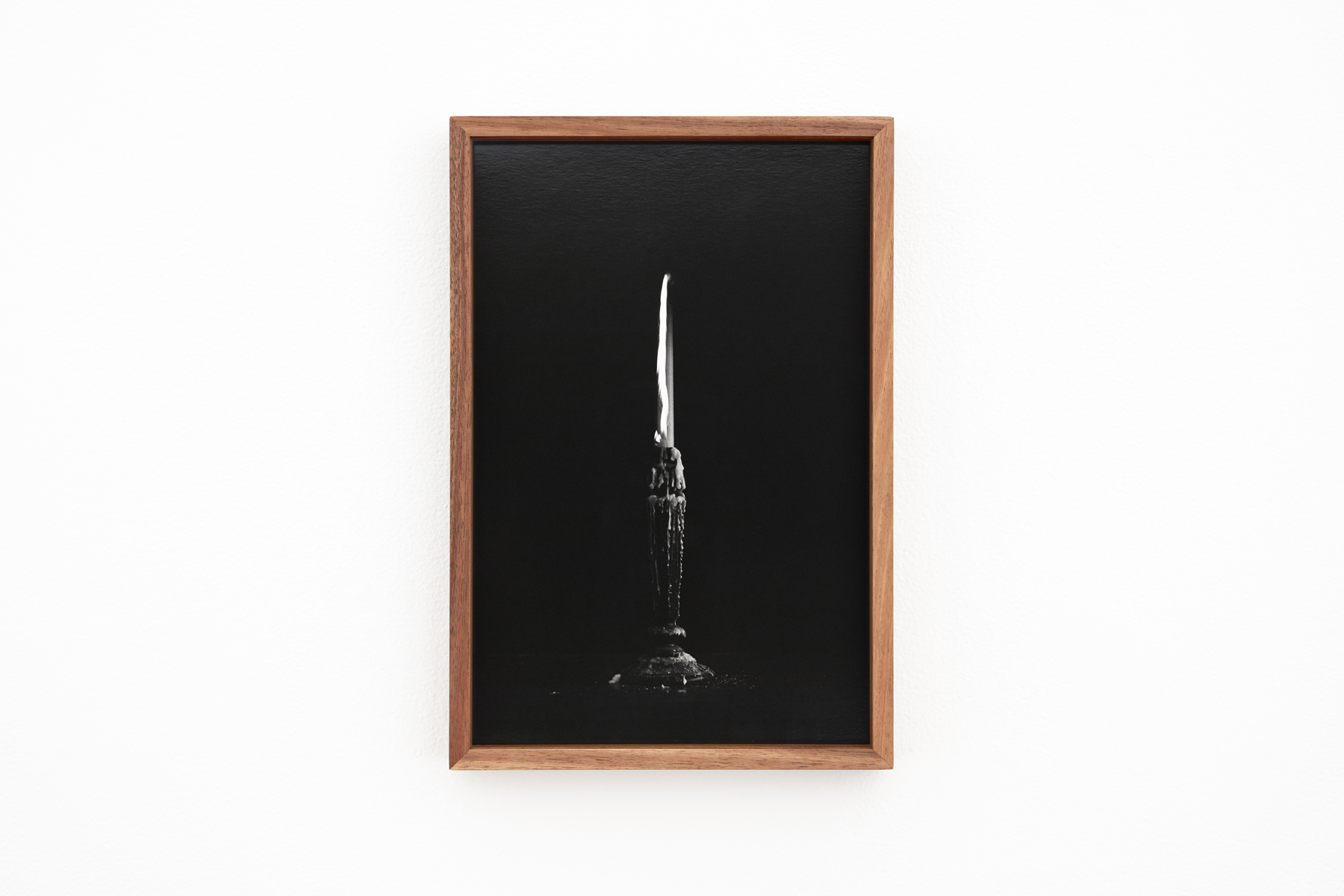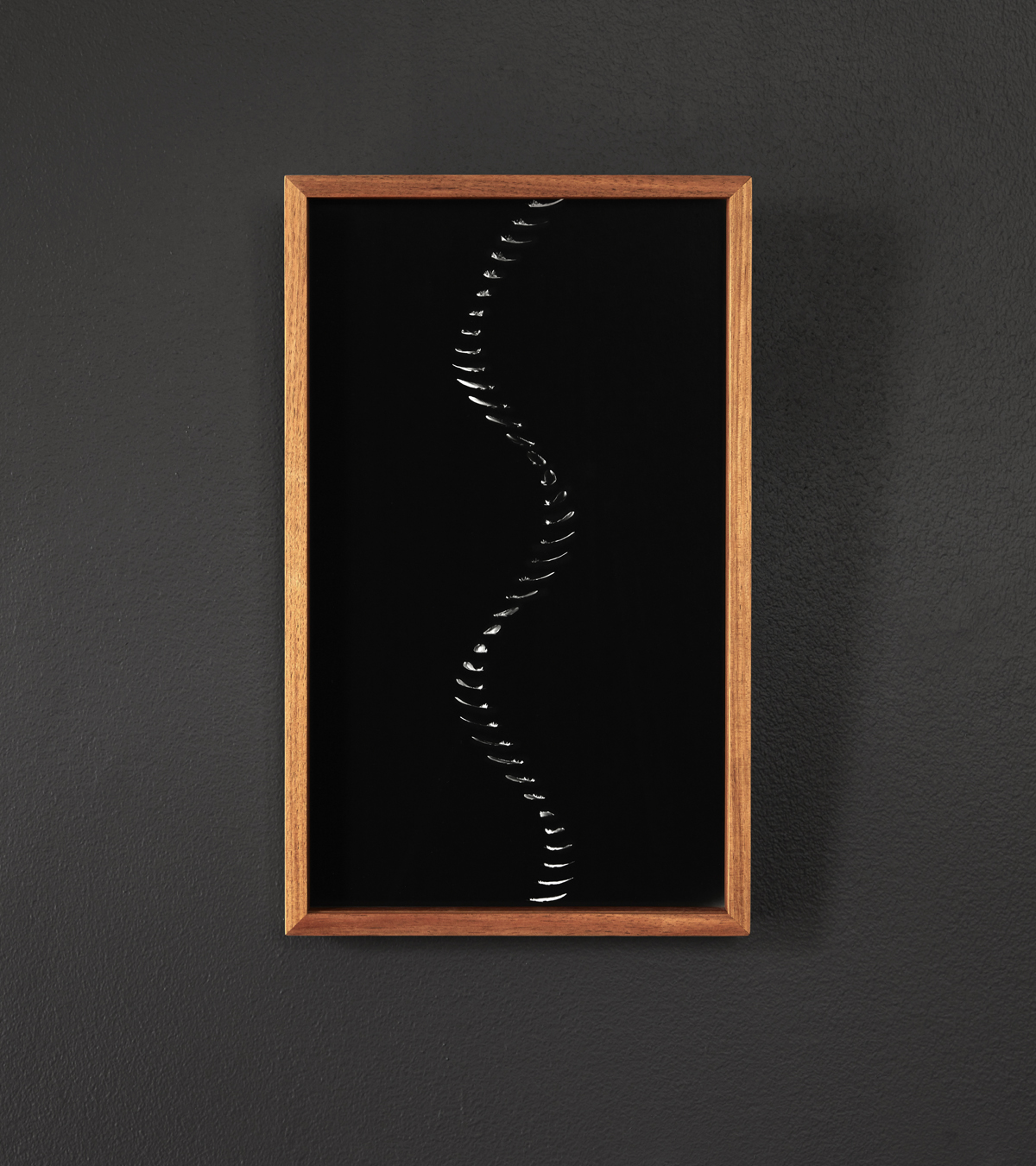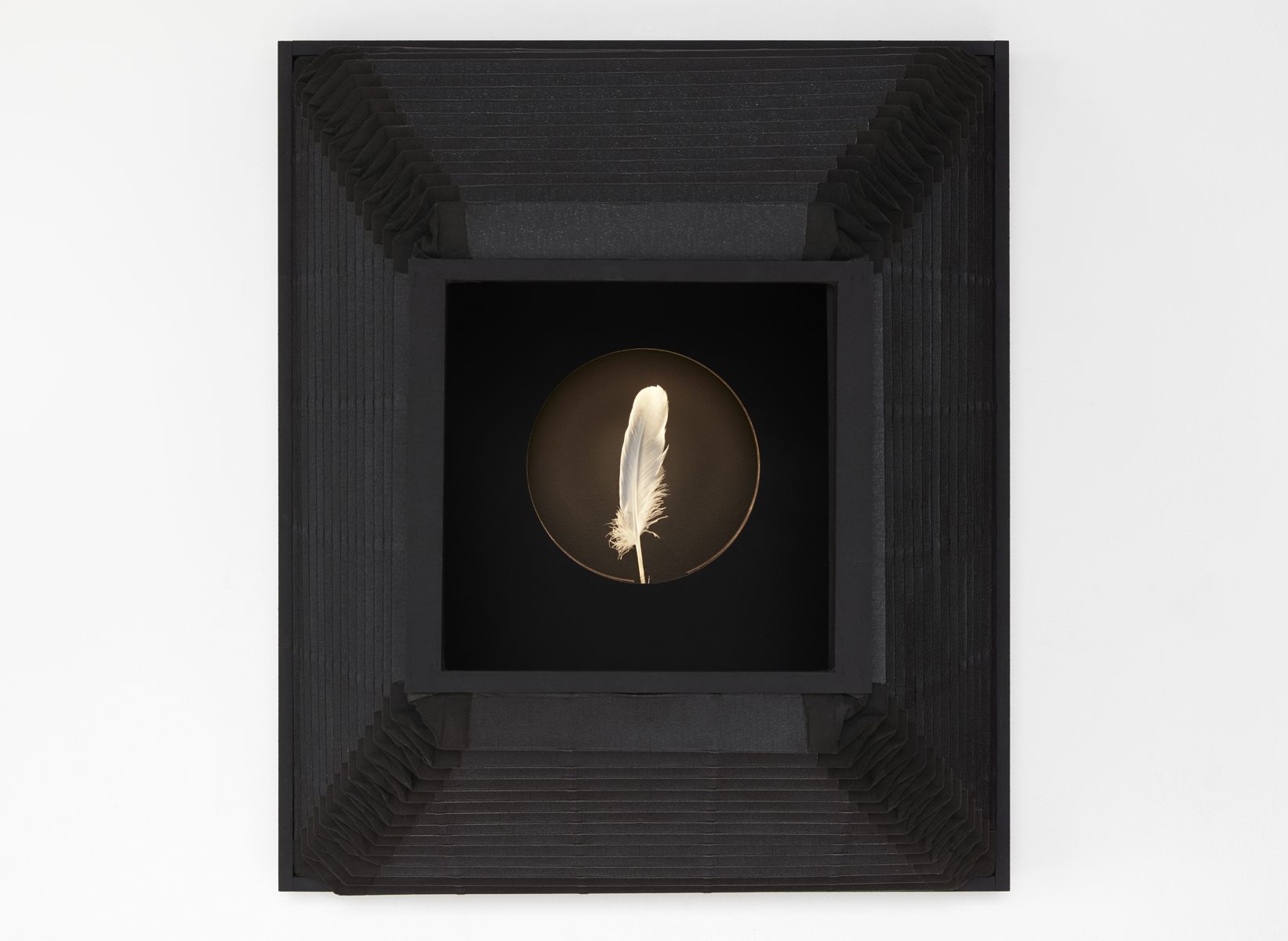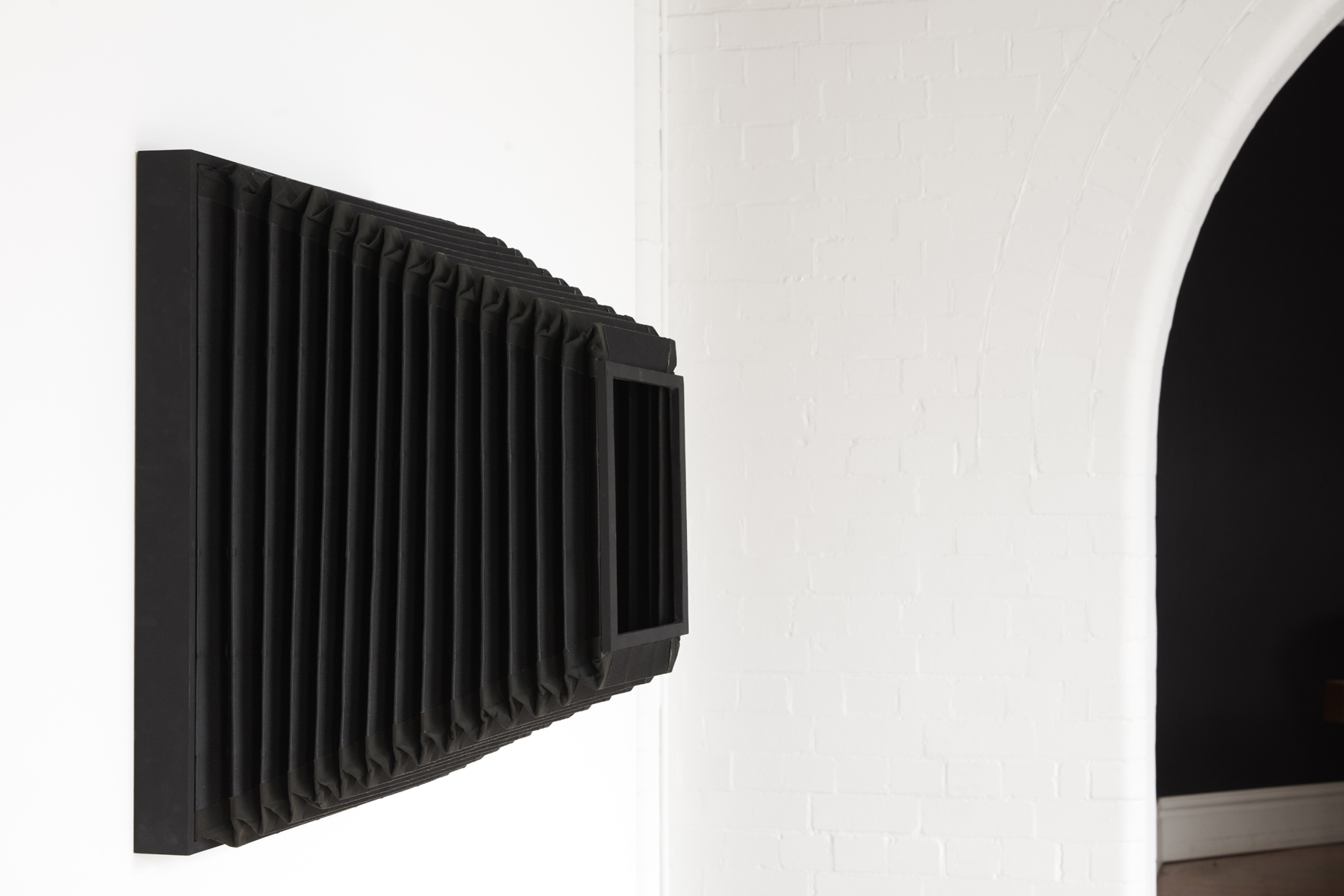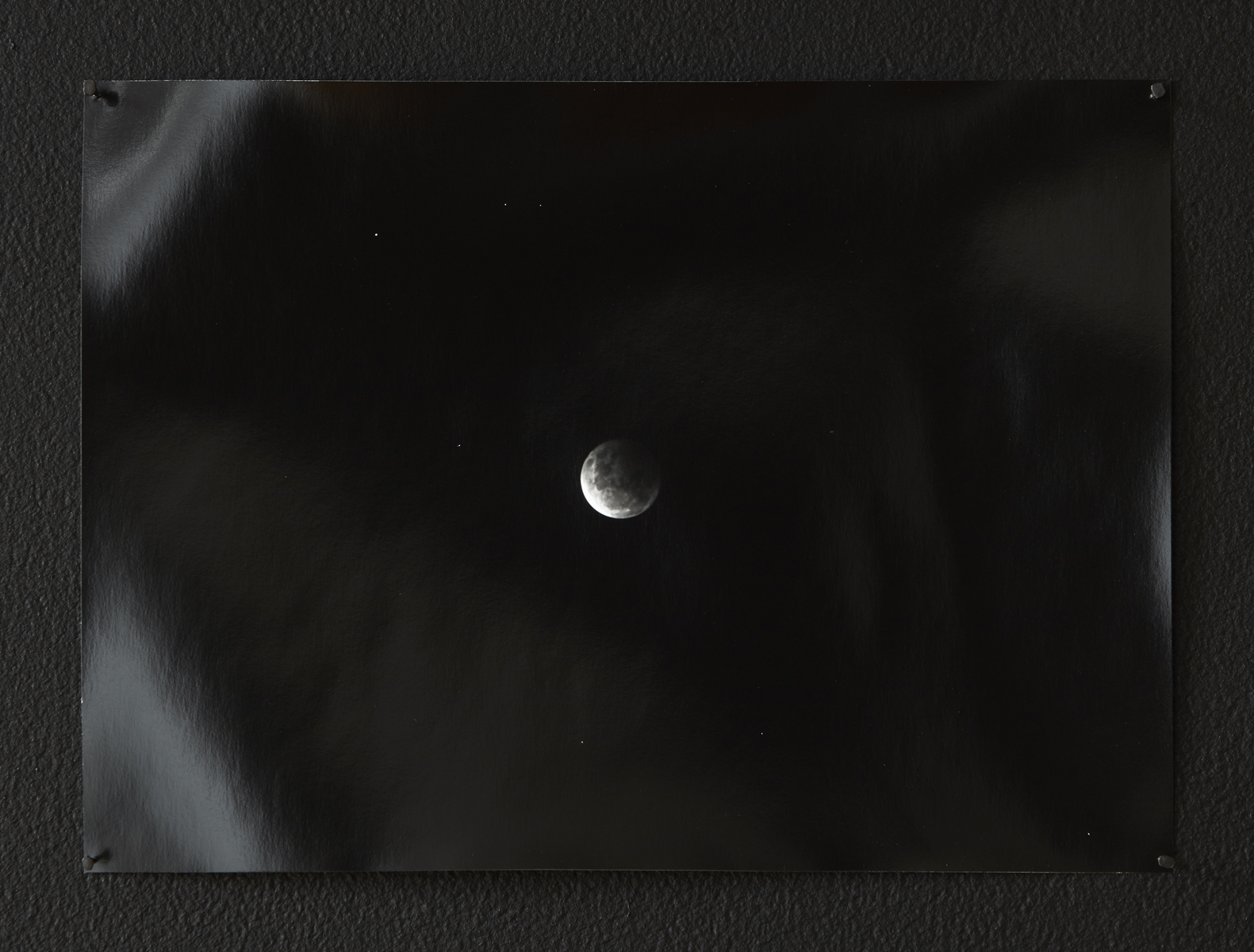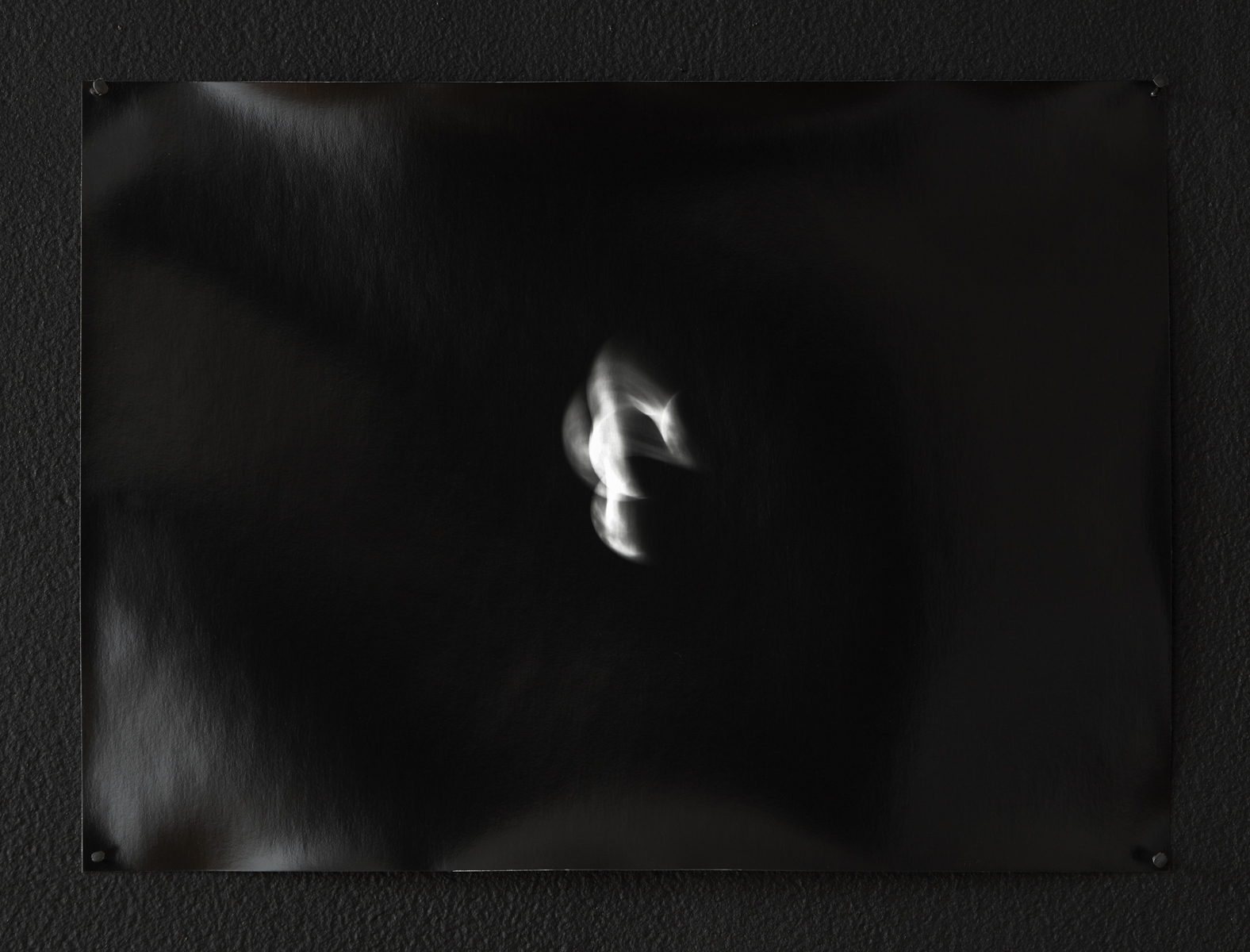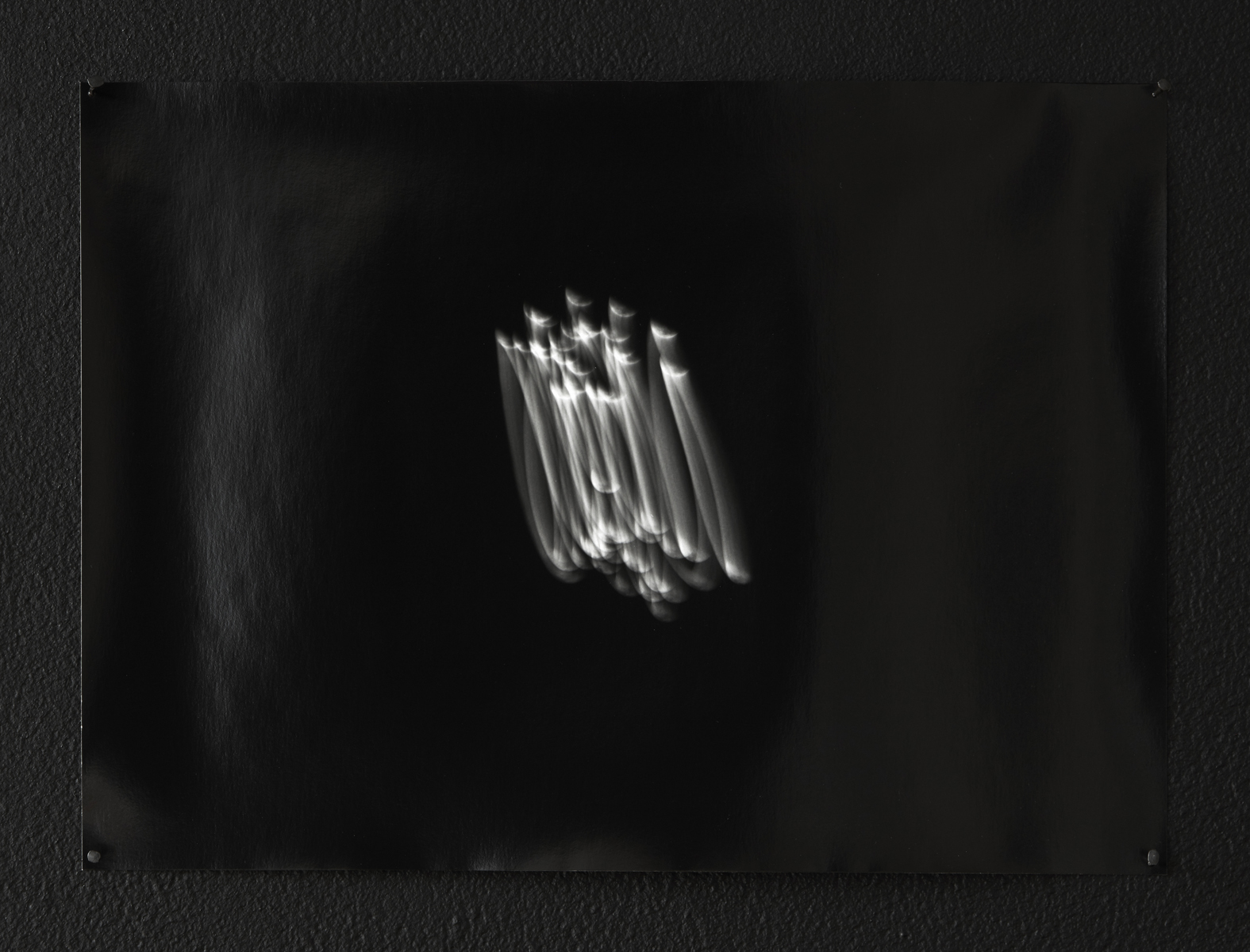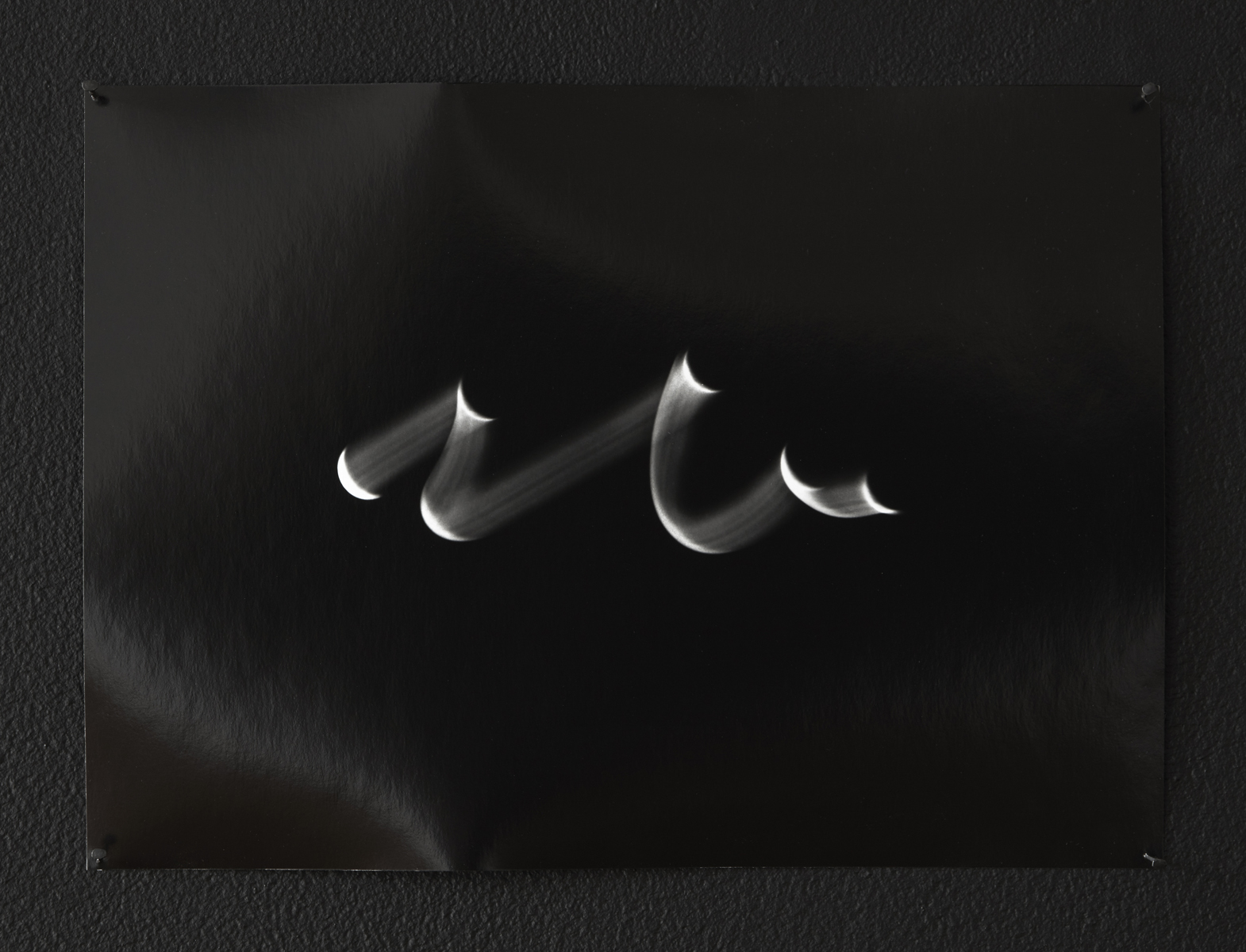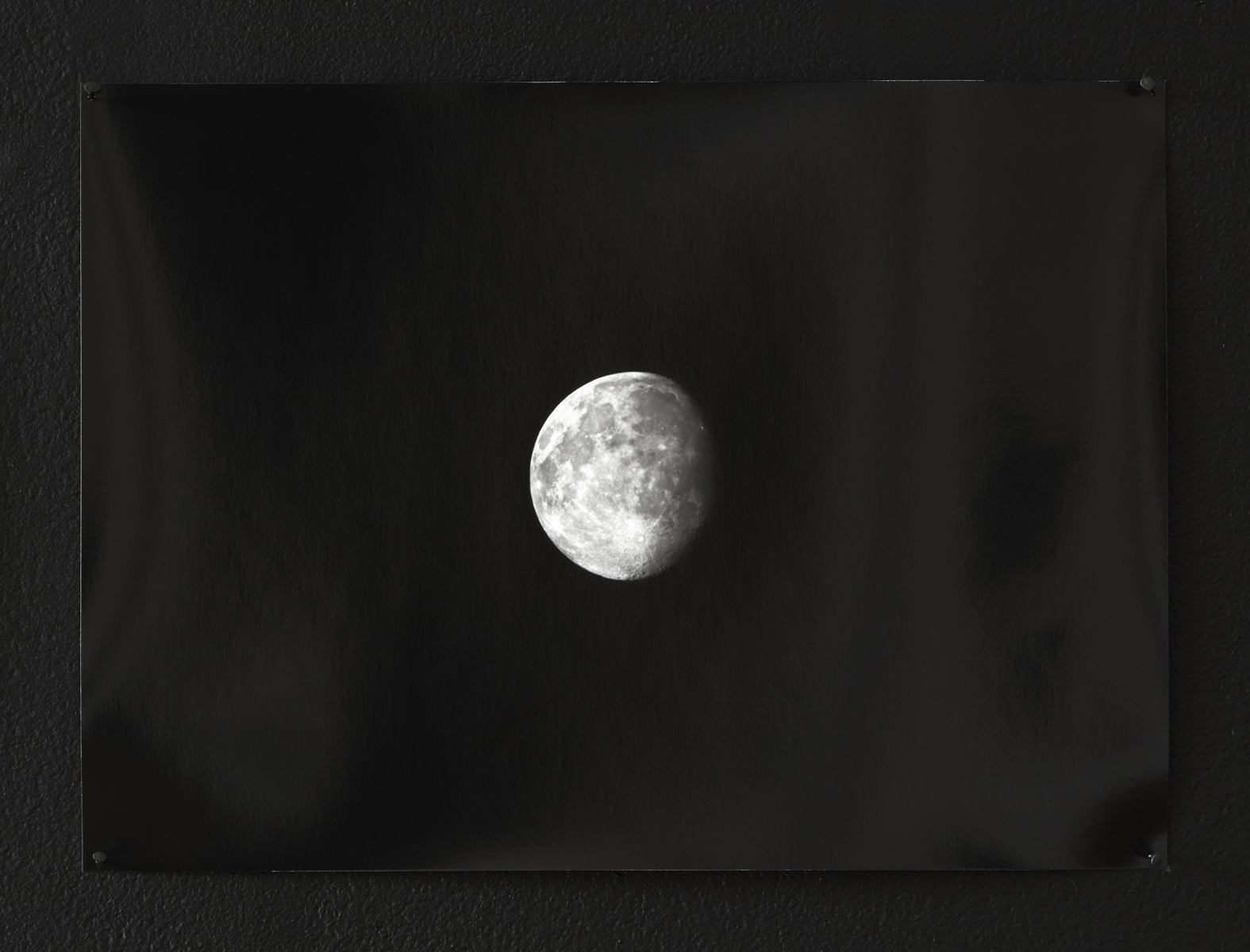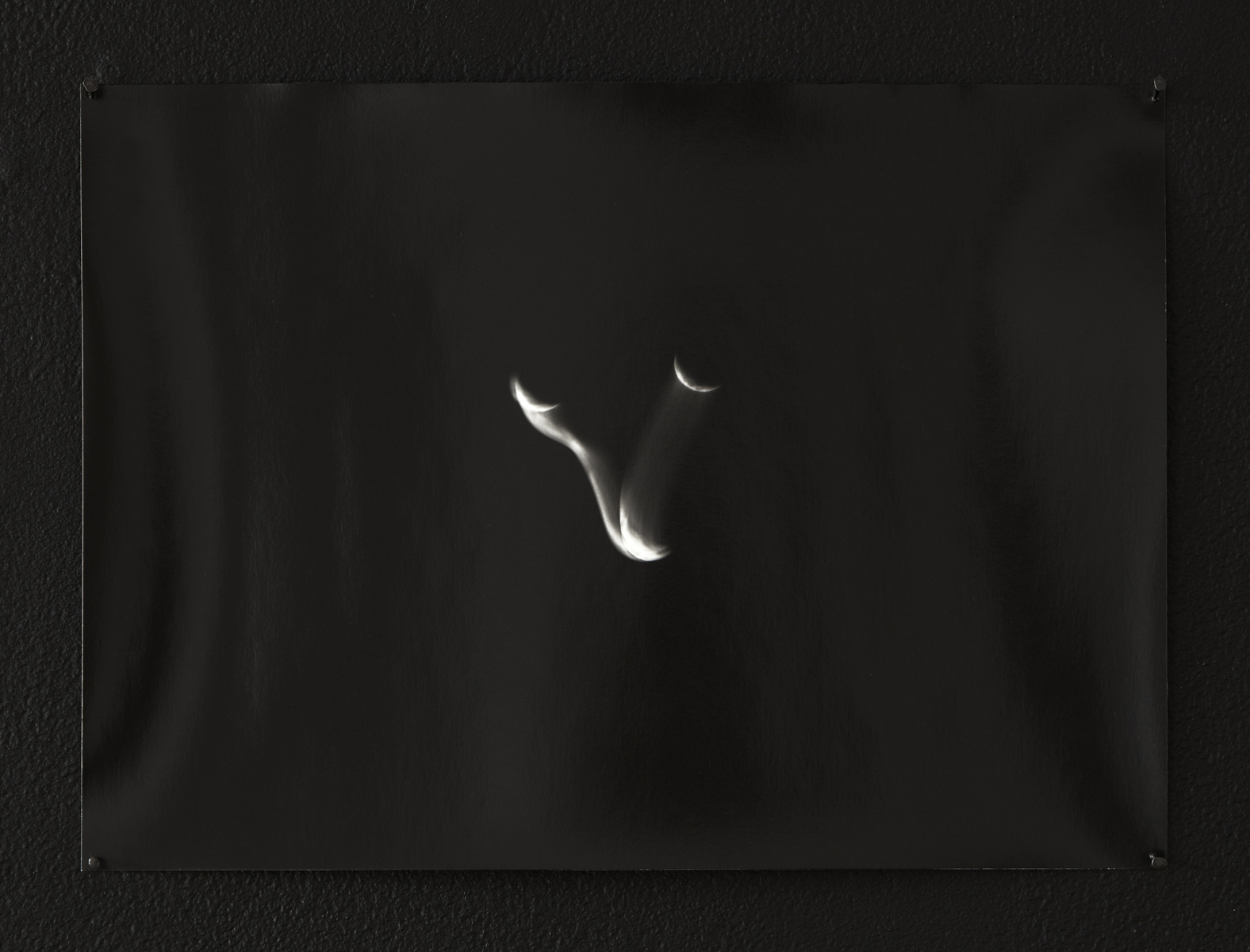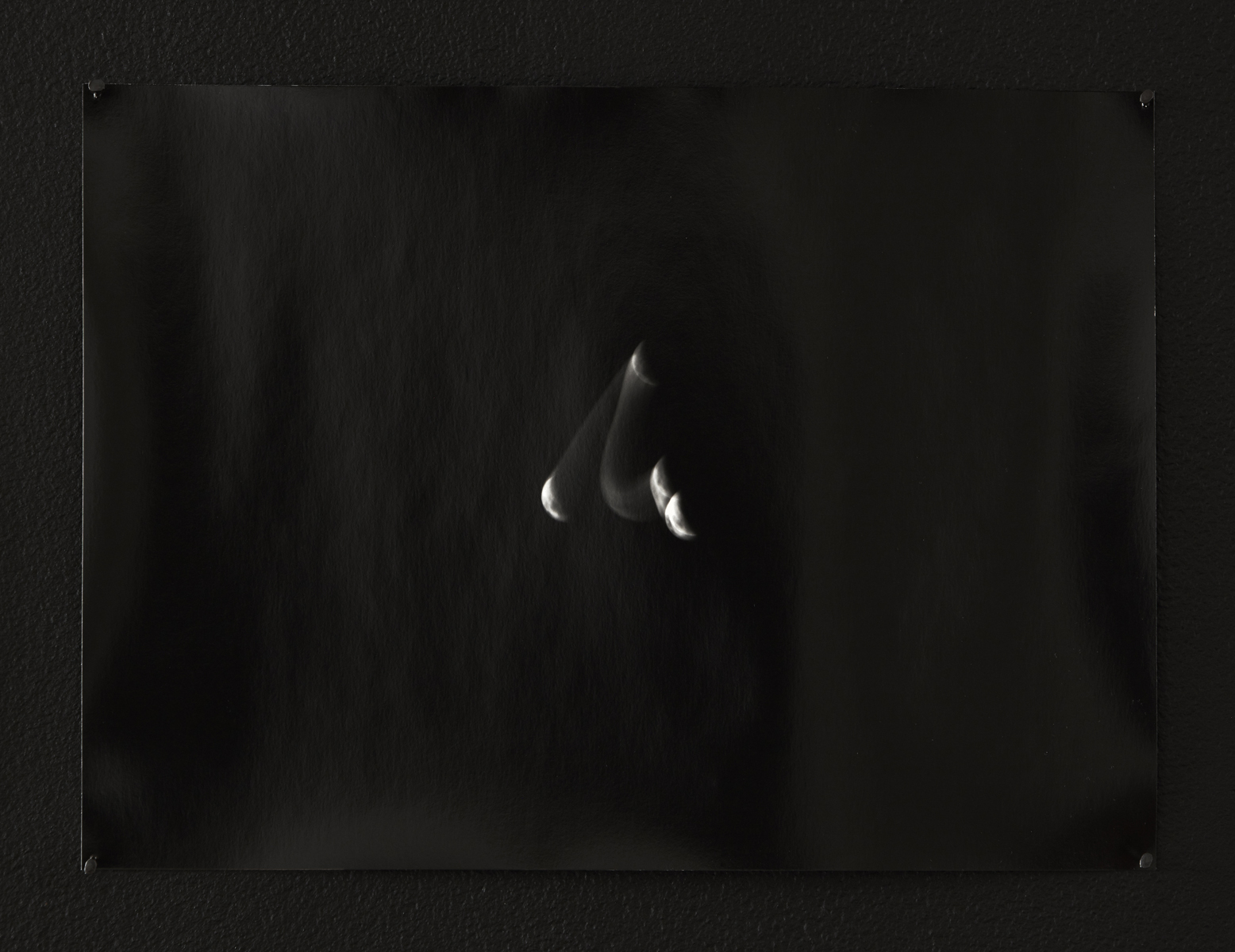Exhibition
This June, Artereal Gallery is proud to present years months weeks days hours minutes seconds a solo exhibition of new works by Melbourne-based artist Zan Wimberley.
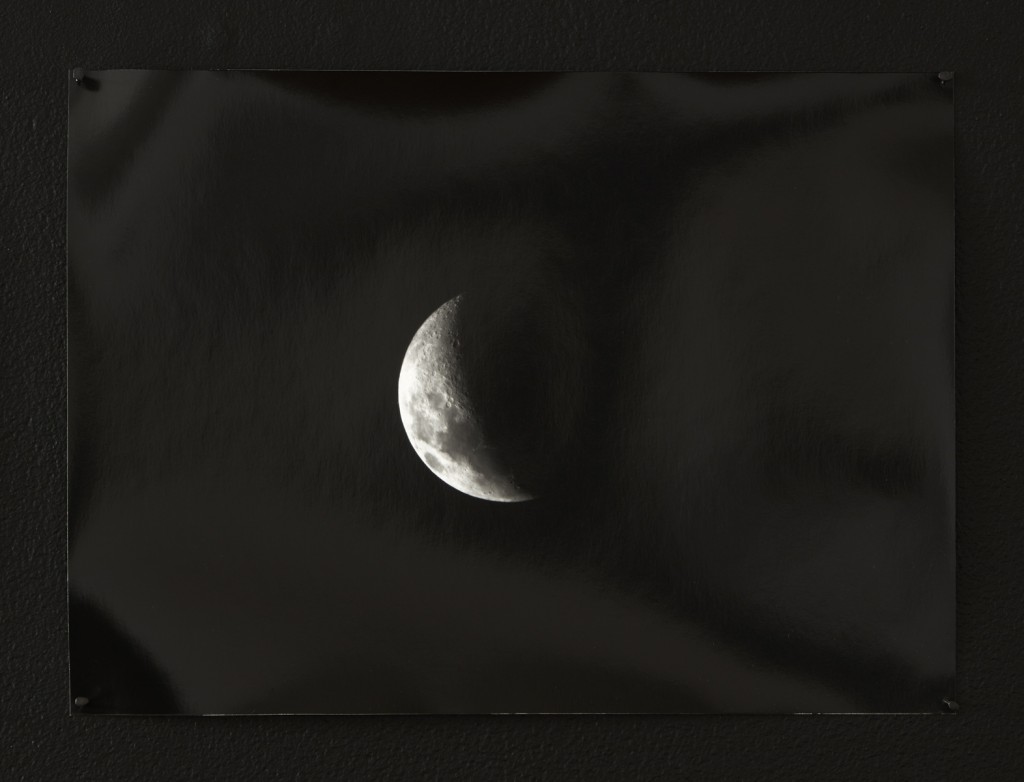
Years, months, weeks, days, hours, minutes, seconds – time is infinite, eternal, ephemeral and seemingly invisible. Artist Zan Wimberley captures the tantalizing concepts of the passage and increments of time and movement, rendering the phenomenon visible, accessible, and elegantly beautiful.
Zan Wimberley’s practice uses expanded photography for the visual manifestation of physics and to quietly and poetically consider the world and its complexity. How we consider time has shifted in the past year with the impact of the Covid19 pandemic. For the artist, thinking of time purely scientifically denies its holistic nature. It removes the inherent flow of time, the beat of a heart, the daily sun, the nightly moon and tides, the seasons.
In a return to the science photography of her early training and the very technical side of her practice, Zan Wimberley ingeniously adapts, bends, engages and riffs with ideas and techniques around, maths, physics and photography’s twin aspects of science and art.
The artist acknowledges a reverence for film, choosing the challenge of black and white film over the contemporary preference for digital. She also cleverly integrates and adapts photo-studio equipment, light stands and other aids; appropriating them for exhibition furniture and as elements of her kinetic sculptural objects as in the vintage, extra-large accordion-pleated expandable bellows normally mounted between camera and lens to mediate focus that is repurposed here as a framing device for zeno’s paradox, named for the ancient Greek philosopher and his cryptic theories, among them the illusion of motion.
Zan Wimberley’s large-format photographs pay tribute to Bernice Abbott (1898-1991), a pioneering American documentary photographer and assistant to Man Ray best known for her images of New York City in the nineteen-thirties and science interpretation in the nineteen-forties to sixties with photographs for the publication in 1969 of the physics textbook, The attractive universe: gravity and the shape of space by E G Valens. Fifty years on, Zan Wimberley recreates large format versions after Abbott’s. Zan’s knowing nothing, but knowing this tracks a falling feather, weight, wait a pendulum’s swing and after B.A, which captures the bounce of a ball, salutes Abbott in both its title and subject.
Photographing these events unwrapping the invisible force of gravity is extremely tricky; a slow and sometimes frustrating process involving strobe photography with light flashes going off at regular intervals, employing multiple cameras and a complex studio set-up, the parameters of which are static, with no way to see exactly, or physically control what will happen once the feather is dropped, the pendulum swung or ball released. Zan describes how during production only four exposures, or sheets of film, could be shot and developed per day. Inevitably it would reveal a feather flown out of focus, the ball bouncing differently, the pendulum swinging too wide or small. Zan describes the repetition of these actions over days and weeks as becoming a kind of lunacy:
“But once the action worked and was captured, the negatives printed in the darkroom on photographic paper – each second of light from the enlarger burning the exposure into the paper, literally marking time before the sequential progress through developer, stop, fixer and wash is done… Then, in every way, these images are physical depictions of time.”
birthday candle gives, in a single image the time span of a day – and beyond. A guttering eight-hour candle is shot over the duration of its burning; the camera’s exposure being open and recording for the entire day. The candlestick, a legacy from her late father, further acknowledges both an annual rite of passage, its celebration and inherently the phenomenon of ageing. The candle is also a universal expression of time – lit as a symbol of future and hope and in memory of what is past.
The artist has been shooting the moon and its phases in travels between Melbourne and Sydney. lunacy, a series of lunar Images, some subjected to darkroom experimentation, reveals aspects of the wax and wane of the moon’s cycle over the month (to which time period the moon gives its name) and to whose rhythms and passage are attributed the regulation of tides, agriculture, menses, even our moods.
A complementary sequence of moon shots, years months weeks days hours seconds is set within the inner surface of the cylinder of a zoetrope, a pre-moving-film animation device. When viewed through slits within the sides of the rotating cylinder, an impression of continuous motion and passing of time is given.
A video, the beginning, the middle, the end manifests the cyclic fall and impact of a calibrated water droplet. It refers in an early water clock, one of the first ways humans used to tell time. It is yet another in the range of expressive photo-media within years months weeks days hours minutes seconds, the artist’s evocative visual essay and installation that traverses the wonder and the intangible that is time.
Zan Wimberley trained in Scientific Photography at Royal Melbourne Institute of Technology (RMIT) before working with cinematographers on major feature films within Australia, later graduating with a Master of Arts from Sydney College of the Arts in 2013 and exhibiting extensively since. In 2019 she was awarded a prestigious three-month research residency in Berlin with acclaimed contemporary artist Olafur Eliasson and in 2020 was a finalist in the Fauvette Loureiro Scholarship. Her works are held in the Collections of Artbank, Domaine Chandon, Deakin University and significant private collections.
Barbara Dowse
Curator
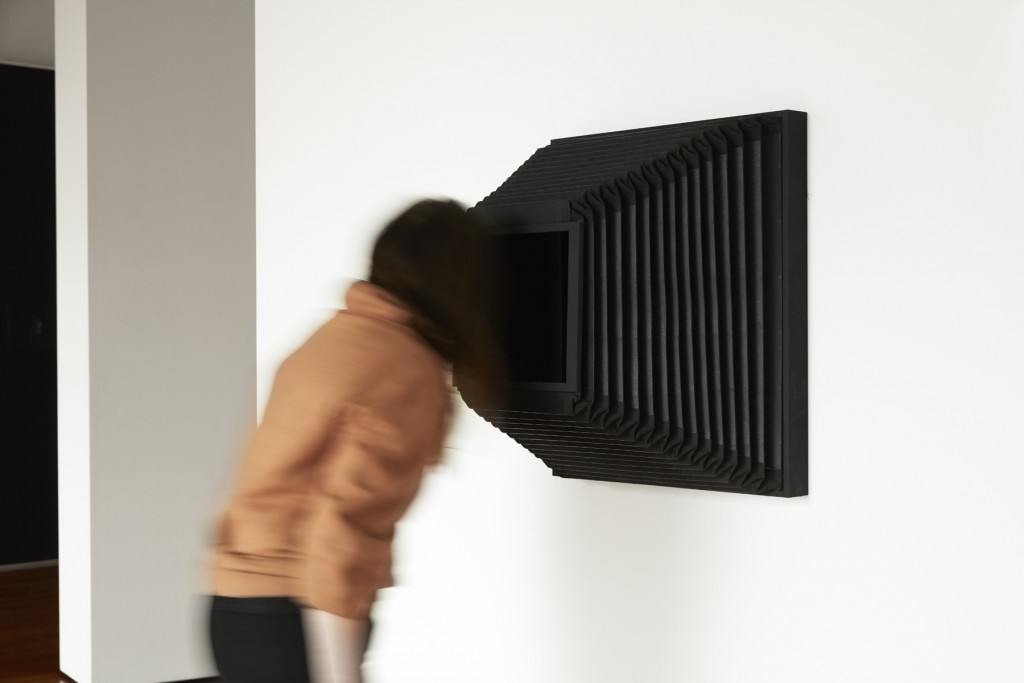
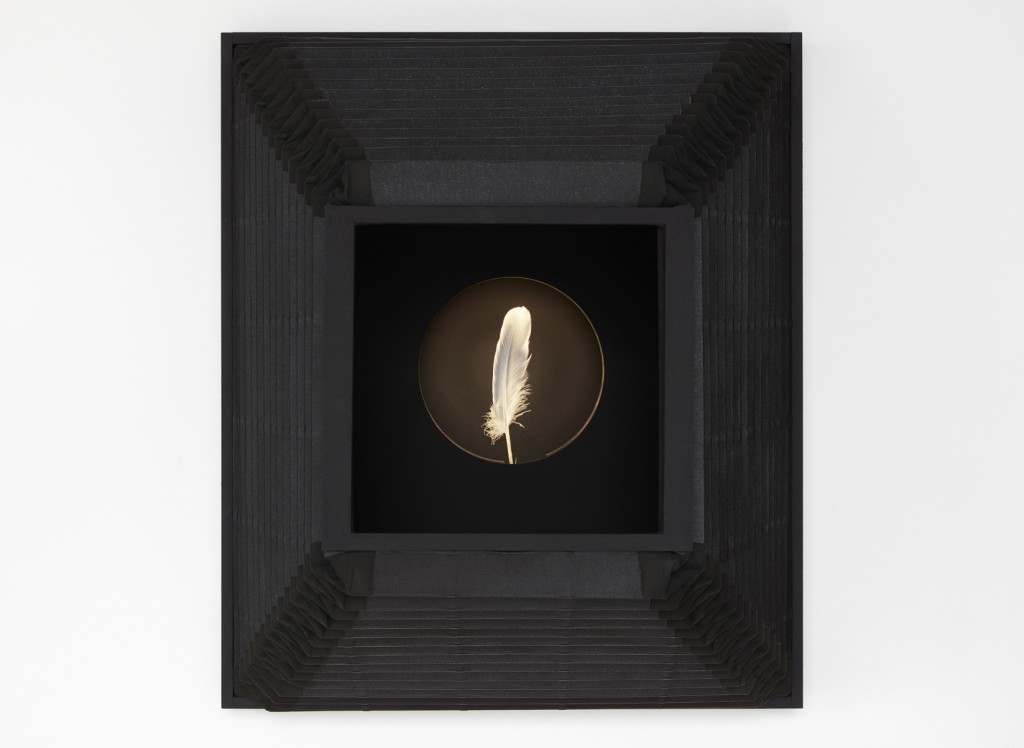


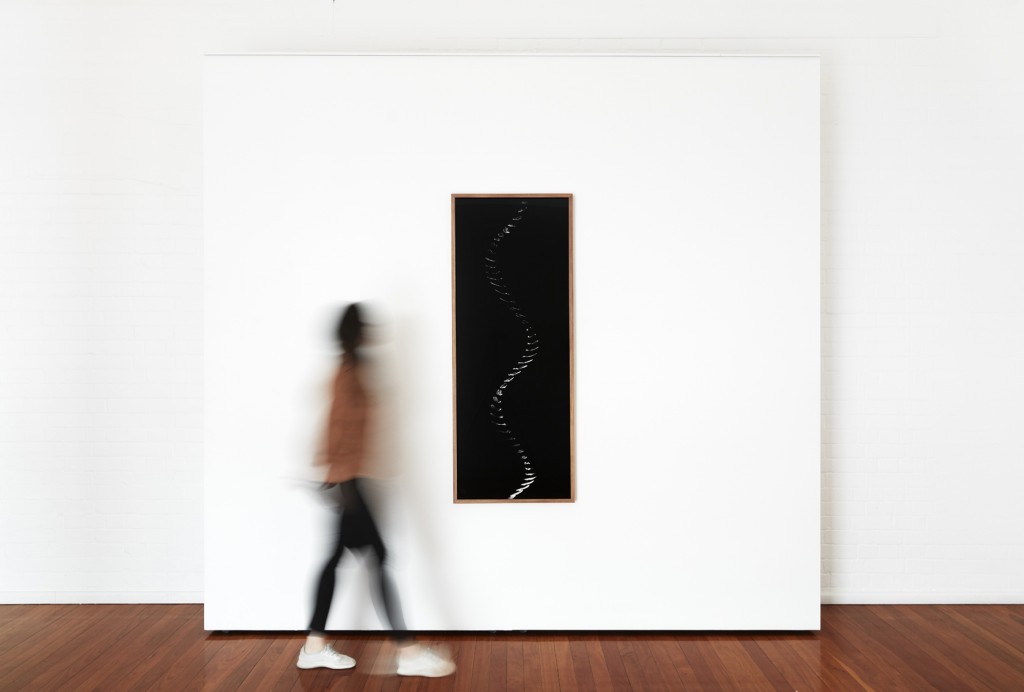
View all works from Zan Wimberley’s current series below.


